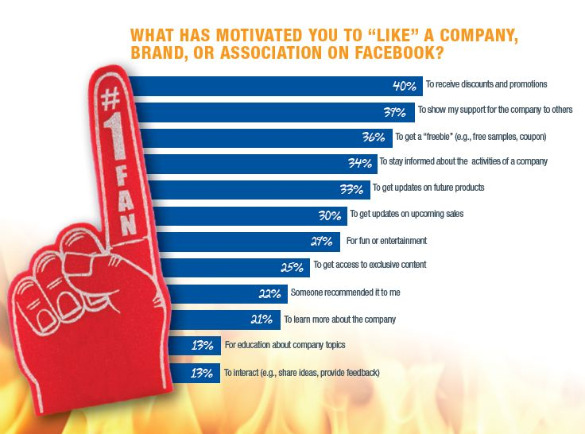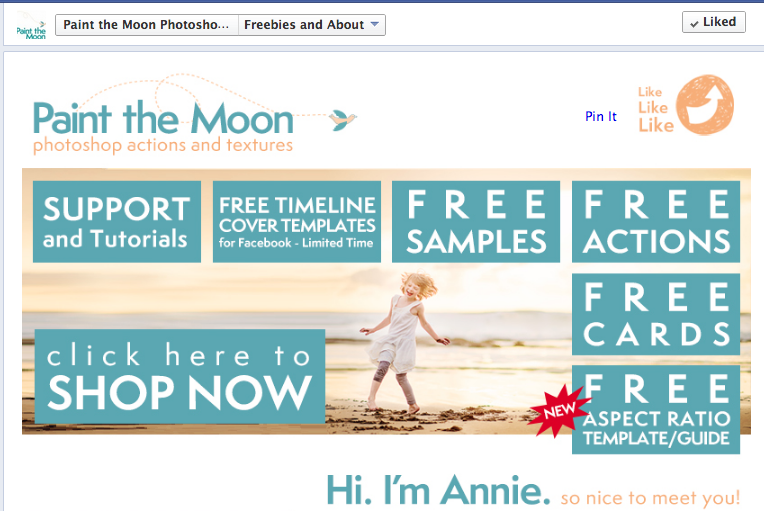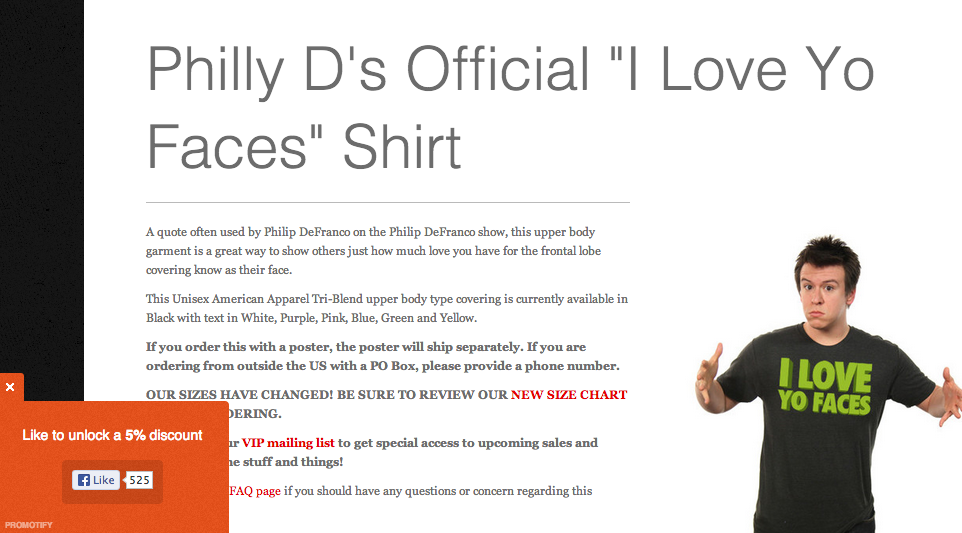When it comes to shopping online, teenage users are a contradiction: Most teens don't have their own credit card, yet they love to shop online. (Which simply proves they have access to their parents' card).
About 80 percent of online teens age 12-17 visit retail sites, according to ComScore. This represents an audience of between 12 to 15 million teen shoppers. For example, eBay saw 6.4 million teen users in April 2006, while Amazon saw 3.5 million and Apple saw 3 million. (In Apple's case, iTunes was surely the draw.)
Another paradox about teens online, or perhaps it's best described as a myth: Teens are not the super tech-savvy users they are popularly thought to be.
According to popular conception, teens are far more adept at Internet use than adult users. We have an image of the totally plugged-in teen, instant messaging while cruising MySpace, downloading movies while listening to their iPod.
But being constantly plugged doesn't mean teens are tech wizards, claims a study by the
Nielsen Norman Group. While
some teens are tech know-it-alls, they're the exception, says Hoa Loranger, one of the report's authors.
To be sure, teens are much more comfortable with technology — they don't fear it as much as adults do.
But if something doesn't work for a teen user, "they have much less patience, and that's why they can't overcome a lot of technological obstacles. If it doesn't work the way they expect, they just abandon the process."
Furthermore, teens' research and reading skills haven't yet matured, she notes.
Due to these factors, teens successfully complete online tasks less often (55 percent success rate) than adult users (66 percent success rate), based on the Nielsen study.
Yet, however difficult it may be to reach these fickle consumers, they represent a potentially lucrative market. A Pew study in late 2004 estimated the total online teen audience, age 12-17, as 21 million. This first generation of users to have grown from infancy in the Internet age will surely be active online consumers in the years ahead.
Balancing Hipness with Ease of Use
The Nielsen study watched teens in action. So it's based on actual teen behavior as opposed to surveys that teen users filled out about themselves.
As researchers tracked teen Web usage, they discovered a conundrum: Teenagers are attracted to sites with a hip, cutting-edge look, yet they have difficulty with a complex design.
"The visual feel and visual design is very important to them. First impressions are very important," Loranger says. "They like cool graphics and they pay attention to the visual experience more than adults do."
Teen users also need to be constantly engaged and entertained to keep their attention. "The common thing we heard over and over again is 'I'm bored,'" she says.
But ultimately, they want to get something done. They're not like young children, who randomly scrub the screen with the mouse to see what pops up. Teens are more task specific.
"So when the visual design or the interaction design gets in the way of what they're trying to accomplish, then thatreally degrades the user experience for teens."
Hip is good, but overly busy or complex is bad. "If the site is shouting for their attention and everything is dynamic and moving, it's a big turn-off for teens," says Loranger.
So the primary Web design challenge for teens is to give a very easy-to-use design a very contemporary look. "While a cool visual design is important, you need to balance it with simple interaction because they won't spend the time to figure it out," she says.
Selling to Teens: Key Rules
Show Price Upfront
For teenage shoppers, it's critical to display the price with the first mention of the product. This is more important for teens than for adults.
The reason: "Teens are so price conscious — they don't have a lot of money," Loranger notes. Indeed, in the Nielsen study, "An overwhelming number of kids went straight to the clearance or sale section."
Allow Sort by Preference
Again, because of teens' limited budget, it's a good idea to allow users to sort products by a variety of factors - by color and size, and definitely by price. "Teens in particular frequently use price as a sorting factor," the study says.
Offer Wish Lists
Offering an online wish list is an effective sales tool with teens. Though many teens don't have a credit card, posting a wish list allows them to direct other users (like parents or friends) to gifts they want. Furthermore, younger shoppers like sites with wish lists because it shows the site respects them as customers — particularly important for teen shoppers.
Don't Require Registration
Requiring registration prior to purchase has a negative effect on both adult and teen shoppers, but it's especially bad for teens. Their limited patience means that filling out a form discourages sales. Furthermore, teens are often cautioned by parents against giving out their personal data online.
Speedy Checkout
Your site's checkout process should be as short and easy as possible. Since many teens have limited experience with checkout, answering questions about billing and shipping address or finding a credit card's three-digit security code might be time consuming. Adding any complexity to this already new experience could result in abandonment.
Design Tips: The Teen Shopper
Interactivity is Powerful
"Teens really like to interact with the media they're using," Loranger says. "They don't like to use the Web as a television set." Interactivity is the fuel that drives the phenomenal success of MySpace, which turns the Internet into an interactive community.
Good interactivity tools include online quizzes, voting, message boards and games. Teens like to be able to voice their opinion.
Easily-Digested Tidbits
Teens like to do things in bite-sized pieces. "It's good to keep that theory in mind in terms of the site's writing, any type of multimedia, polls and interactive games," she says. All these elements are best offered in smaller, manageable chunks for teen users. "It makes it more engaging."
Design your site to convey information quickly, otherwise teens won't pay attention.
Pictures are Good
Text that's supplemented by graphics and pictures are much more appealing to teens than straight text. "When they compare sites that have pictures with ones that don't, they say 'I want to stick with the site that has pictures.'"
Ads are Okay
Teens don't mind ads. While adults have 'banner blindness,' and tend to avoid things that look like ads, teenagers notice ads and pay a bit more attention than adults do.
"If you want to capture their attention, you might want to 'fancy it up' a little bit — add a little illustration. But you don't want to overdo it," Loranger says.
(In contrast, for adults it's better to use text-based links; text links are more credible and more likely to be clicked on than something that's done up graphically, she says.)
Fast Loads are Vital
A slow loading site discourages all users, but teens even more so. Again, their limited patience means a slow load results in a mass exodus.
"The challenge for designers is to have a more graphical interface and have these fancier features, but if it takes too long to load — even at high speed connections — the kids will be disinterested.
"Teens are highly active clickers — they want things now.
Design for Vintage Gear
Teens often use outdated equipment, including donated equipment at schools and libraries. Even if their parents have the latest gear, "teens are [often] working with hand-me-down equipment," Loranger says.
These aging systems aren't optimized for multimedia. "So a lot of these teen sites that push multimedia and sound and movies don't work on the system at school." (Or users aren't allowed to download a new plug-in.)
The solution: "Make sure you compliment multimedia with the text version."
The Big No-No: Anything "Childish"
Teenagers don't want to be seen as kids, so they'll shun any site that presents anything remotely "kiddie."
"They're very sensitive to sounds and graphics that are associated with a younger audience," Loranger says. "So those 'hover,' effects, where you hover your mouse over different elements and it makes a chime or a sound — they hate that."
On the other hand, "Music is really important — the right music. Music is an extension of their identity. So when we visited sites that had really poor music, like short loops of music that was repetitive, or it didn't match the style of what they're listening to — then they're gone."
In the view of teens, she says, a bad music track is like, "'Oh, it's adults trying to design for us, and they have noclue.'"
Avoid Small Fonts
On many teen sites the font size is small. "But we found that teens don't like to read small text. Or text and background colors that have low contrast," she says.
"There's a tendency for designers to want to design things that are cool and edgy, but teens actually prefer to read text that is a little bit larger and easier to read."
Remember, teens are multi-taskers. "They're doing many different things so their attention is being diverted — they don't have the attention span for small text."
Example Shopping Sites
Not surprisingly, the researchers found a correlation between teen users' success with a site (how easy it was to accomplish tasks on that site) and their level of satisfaction with that site. "If they were able to complete their tasks without many issues, we found their satisfaction rating of the site was much higher.'
Loranger found it particularly revealing about teenage preferences that they liked the
Apple and
CSUMentor sites. Both sites have "clean, streamlined designs, contrary to what you might think teens might want."
















